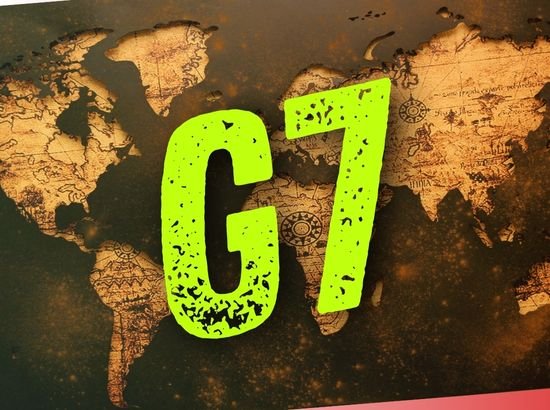
The Group of Seven (G7) nations is preparing coordinated measures to pressure countries that continue to purchase oil from Russia, with India singled out for the steepest penalties. The move is part of a wider strategy to cut off Moscow’s financial lifelines amid the ongoing war in Ukraine.
In September, U.S. President Donald Trump urged G7 members to impose tariffs on nations buying Russian oil, stressing that only a joint effort could weaken what he described as Moscow’s “war machine.” Trump argued that such steps were necessary to force Russia to halt its “senseless killings” in Ukraine.
On Wednesday, the G7 announced new joint measures to reduce Russia’s revenues, unveiling plans that include trade restrictions, import–export bans, and punitive tariffs. In their joint statement, G7 finance ministers declared:
“We will target those who continue to increase purchases of Russian oil after the invasion of Ukraine.”
The G7 is an intergovernmental forum of wealthy, industrialized nations consisting of the United States, Canada, France, Germany, Italy, Japan, and the United Kingdom. Canada currently holds the group’s presidency for this year.
While both India and China are among the largest buyers of Russian oil, the tariffs imposed on New Delhi are significantly higher. According to the new measures, the U.S. has levied a 50% tariff on India’s imports, compared to 30% on China.
Initially, Trump announced a 25% tariff on Indian oil purchases and additional penalties linked directly to Russian crude imports. However, he later doubled the rate to a total of 50%, sending a strong message that India is a primary target of Washington’s strategy.
Indian officials have accused both the U.S. and the European Union of deliberately targeting New Delhi despite its growing energy needs. China, by contrast, has avoided the harshest penalties, raising questions about geopolitical calculations behind the tariff structure.
The new G7 strategy highlights deepening fault lines in global energy politics. While the West aims to squeeze Russia’s revenues, countries like India and China continue to pursue affordable energy supplies from Moscow. With India facing the heaviest tariffs, tensions between New Delhi and Washington are likely to escalate further in the months ahead.